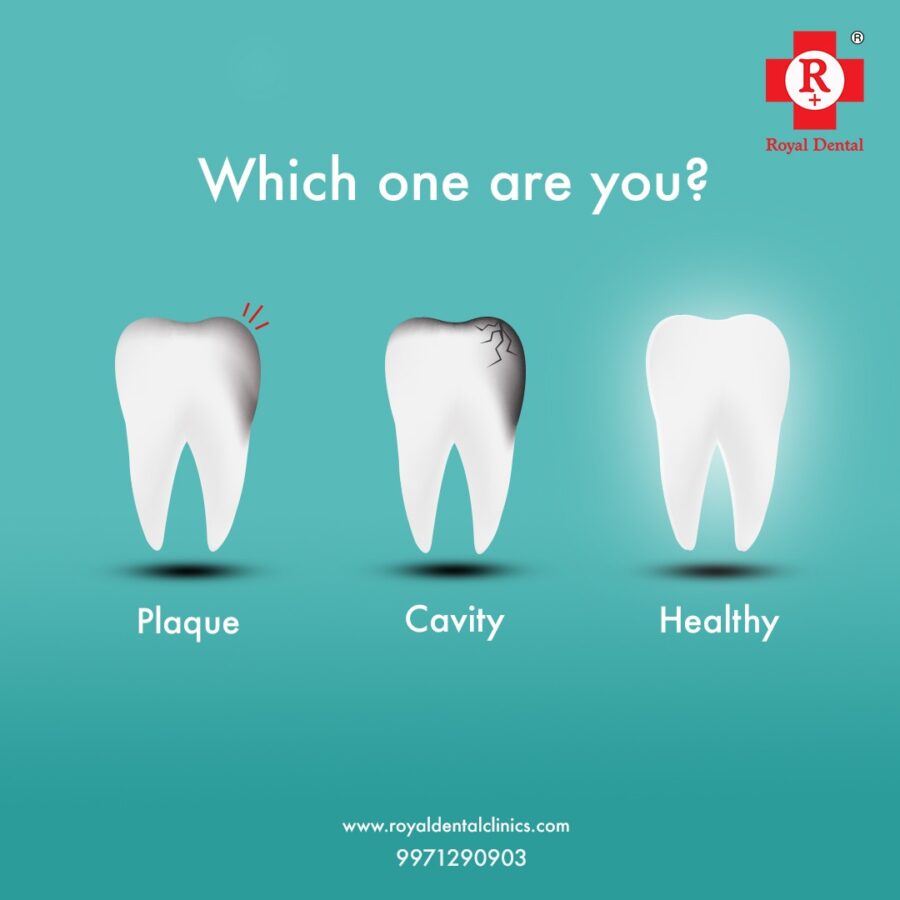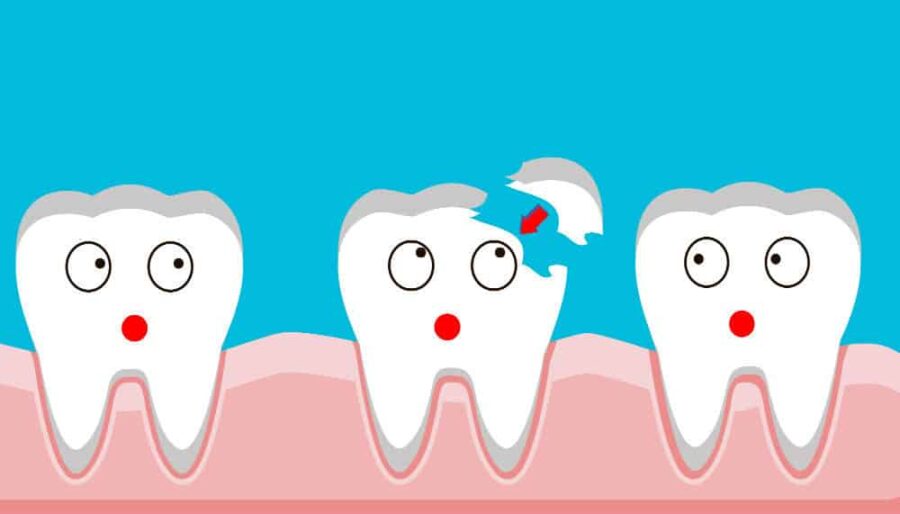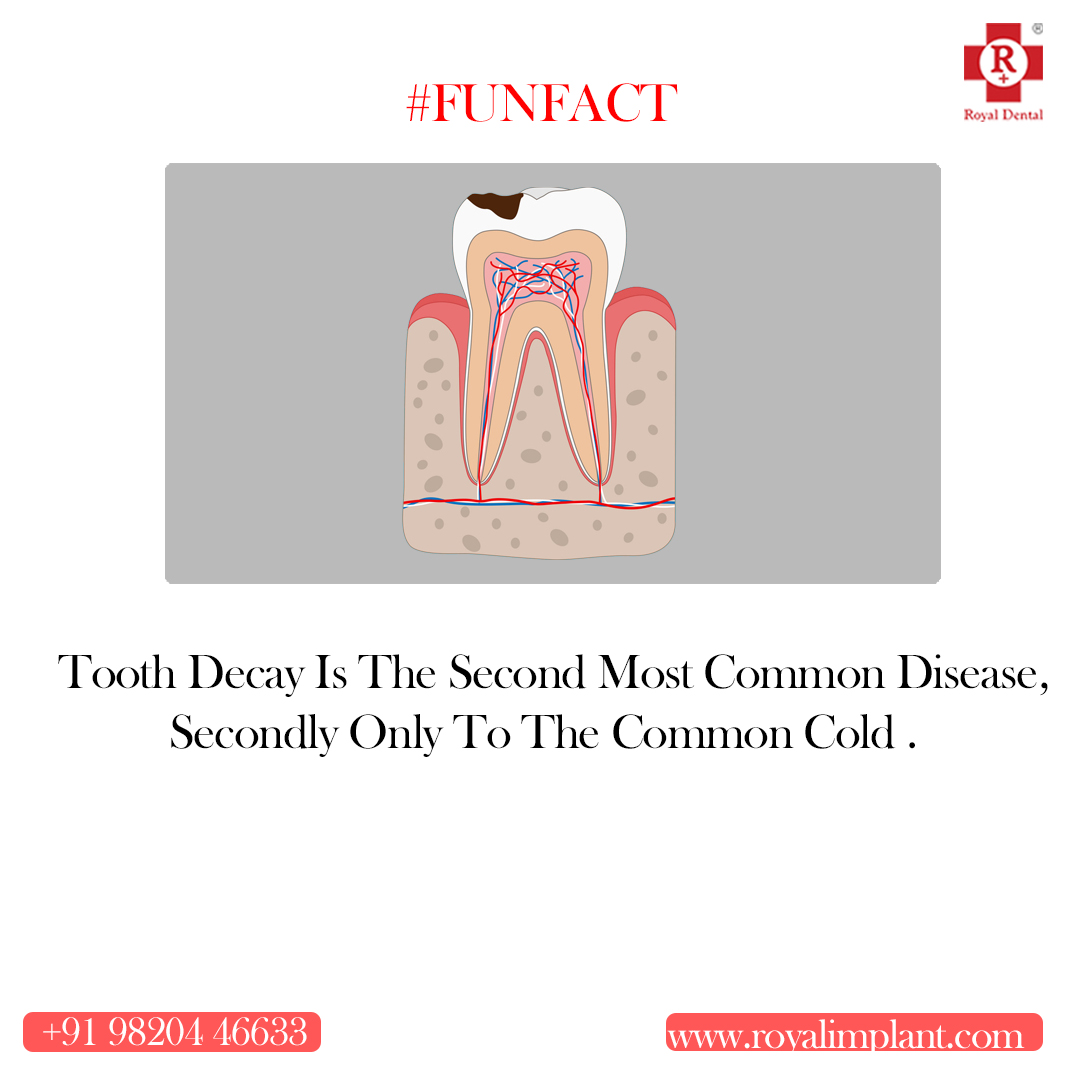Do you fear the dentist as much as we do? If so, you’re not alone. The dental office is one of the most feared places in the world. But there’s no need to be afraid. If you practice good oral hygiene and get regular checkups, a tooth cavity won’t have the chance to develop and wreak havoc on your pearly whites. Unfortunately, many people aren’t so fortunate. According to the Academy of General Dentistry, more than two-thirds of Americans over 18 years old have experienced some form of tooth decay or dentistry erosion. Fortunately, identifying and treating cavities is easier than ever before thanks to advances in technology and dentistry. In this article, we explain everything you need to know about treatment of tooth cavity!
What is a Tooth Cavity?
Tooth decay that occurs when the minerals your teeth, namely the calcium and phosphorous, are chemically dissolved by oral bacteria. You might not know it, but bacteria is everywhere — including in your mouth. These bacteria are no cause for alarm, they don’t pose any serious health risks unless you have immune system deficiency.

Unfortunately, the bacteria in your mouth feed on the sugars found in many foods and produce acids as a byproduct. When these acids come into contact with your teeth, they can eat away at the minerals in your enamel and dentin, which is the layer of your tooth underneath your enamel, causing tooth decay. Cavities are irreversible, so it’s important to catch them before they progress. So what is the tooth cavity treatment?
Types of Teeth Cavities
Silent decay: Sometimes called hidden cavities, silent decay refers to cavities that have progressed to a point where they can be seen in the tooth, but are not yet painful. This can be a serious problem, as these types of cavities can be extremely difficult to detect until they’re in an advanced state.

Occlusal decay: Also known as chewing gum disease, occlusal decay occurs when plaque builds up on the biting surface of your teeth. This area of your teeth is exposed to a lot of wear-and-tear, so it’s important to keep it clean. If you don’t, plaque can accumulate and cause decay, which can be extremely difficult to treat.
Root caries: This type of cavity occurs below the gum line and can progress to the roots of your teeth. If left untreated, root caries can result in the collapse of your teeth, which can lead to tooth loss.
Detecting and diagnosing cavities
The best tool for detecting cavities is a thorough oral exam. Your dentist will look for signs of decay, including cavities, gum disease, and worn enamel. He or she will also look for other problems, such as the presence of bacteria in your mouth that can lead to gum disease.
If your dentist suspects that you have cavities, he or she will likely perform a quick dental X-ray. This will allow them to see if your teeth are affected by any cavities, cracks, or holes. Some dentists may also take a sample of your tooth to determine the extent of the damage.
How does a Dentist do treatment for tooth cavity?
If your dentist finds signs of dental decay, the treatment will depend on the severity of the problem. Typically, the dentist will first try to clean your teeth and remove any plaque. This will help prevent the acids in plaque from further damaging your teeth. Depending on the state of your teeth, your dentist may also recommend a fluoride treatment. Fluoride is a mineral that helps strengthen your teeth by making enamel more resistant to acids.

If your dentist finds that you have cavities, he or she will decide on the best course of action for treating them.
Fillings: Fillings are one of the most common treatments for cavities. In this procedure, the dentist will remove infected material from your tooth, clean the remaining tooth thoroughly, and then fill the cavity with a substance that will strengthen your tooth and protect it from further decay. Common filling materials include composite resins, dental crowns, and gold fillings.

Root canal treatment for tooth cavity: If you have advanced decay in your root (the portion of your tooth that extends below the gum line), your dentist may recommend a root canal. In this procedure, your dentist will remove the infected tissue and replace it with a filling. Root canals are often thought of as the “last resort” treatment, as they are difficult and time-consuming to perform.
Conclusion
Hopefully, after reading this article, you’re better informed about cavities and how they form. While they may be scary and uncomfortable, they’re also preventable and treatable. If you want to avoid the dentist’s office, it’s important to practice good oral hygiene, avoid sugary foods.
Follow Us For More Updates





